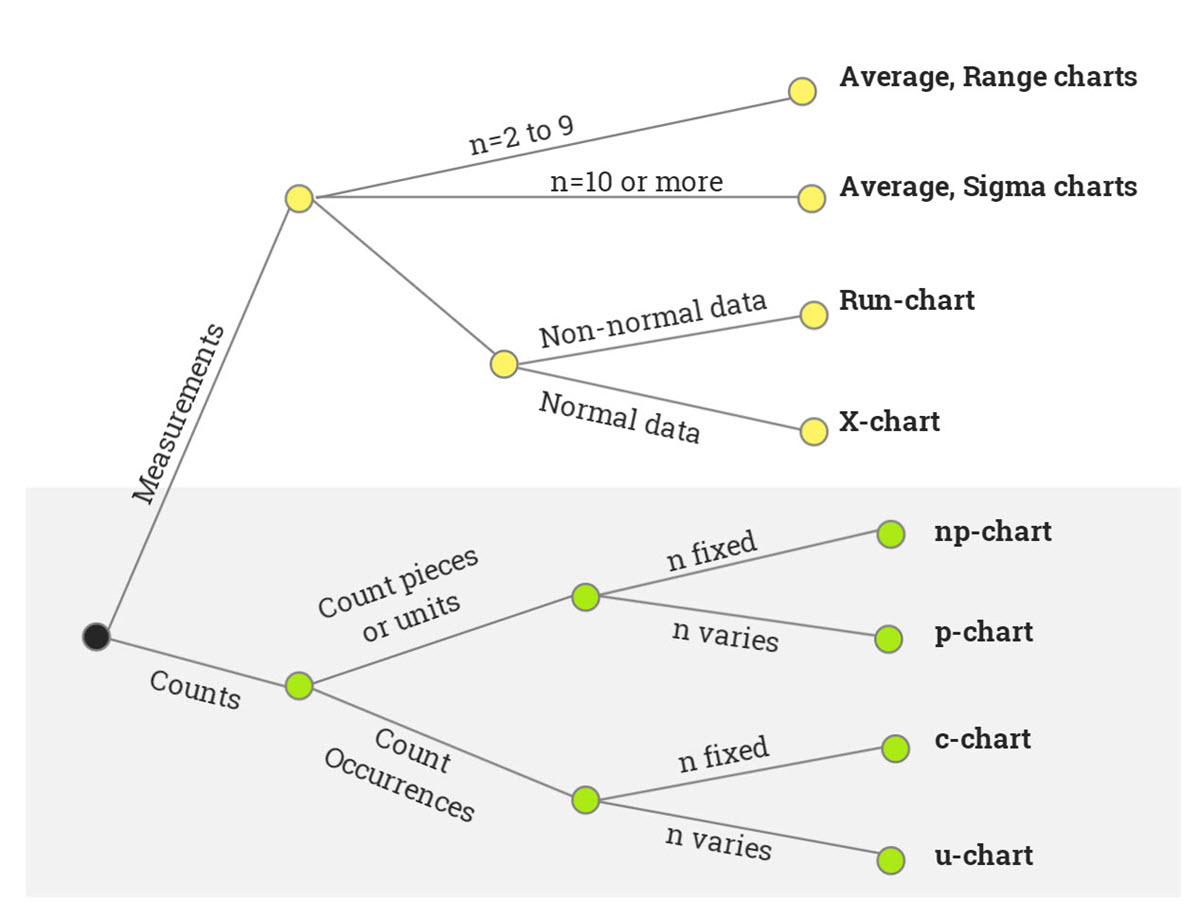-
Six Sigma and Innovation: Debunking the Myths
Bold headlines often proclaim: “Six Sigma destroys innovation!” But does it really? We’re here to address this misconception and shed light on how Six Sigma and Lean Manufacturing truly interact with innovation. Six Sigma: A Threat or a Boon to Innovation? First, let’s address the myth head-on. Critics claim that Six Sigma, with its structured…
-

Uncovering the All-or-Nothing Nature of Six Sigma
A “toe in the water” approach won’t always tell you if Six Sigma will work. Lately, potential clients have approached me, requesting a sample project to gauge if Six Sigma might work within their organizational structure. I cautioned against this move. Such an exploratory approach only indicates a lack of commitment to the full implementation…
-

Using the Theory of Constraints to Choose Six Sigma Projects
The theory of constraints helps pick winning projects. If you choose the wrong projects it’s possible to make big “improvements” in quality and productivity that have absolutely no impact on net profit. One approach uses the theory of constraints (TOC) to determine which project(s) to pursue. Every organization has constraints, which come in many forms.…
-

Human Metrics in Six Sigma
Six Sigma teaches us to view everything as a process. We should take an objective look at the system, measure the values, form a model, enact changes on the process, and observe the effects of these changes. However, we sometimes want to measure objectively something that is intrinsically subjective, the opinions of people. These fall…
-
Six Sigma: Love It or Hate It?
For a technical topic, Six Sigma tends to generate a lot of strong feelings. As the author of The Six Sigma Handbook I obviously have a few of these feelings myself. Still, on balance, I’m a Six Sigma “lover.” I think that the approach is an excellent way to help organizations achieve their goals by…
-

Six Sigma, Data Mining and Dead Customer Accounts
In an interview with Quality Digest, Joseph M. Juran pointed out that quality needs to “scale up” if it is to remain a viable force in the next century. In other words, quality must spread beyond its traditional manufacturing base. A major opportunity to do just that now exists, as Six Sigma enjoys a resurgence…
-

Thinking Outside the Box With PCA
A common problem with SPC is that the world appears too complicated for a statistical approach to work. In complex electronics products, for example, circuit boards may have thousands of holes and microchips may have millions of transistors. Plotting control charts of each and every dimension is clearly not feasible. What can be done? To…
-

Preventing Hospital Falls with Six Sigma
Hospital processes produce many things. Most of them are desirable outcomes, such as healthy newborn babies, new hip joints, cancer-free patients and blood flowing freely through once-blocked coronary arteries. In other words, happy, healthy and satisfied patients. These results are why healthcare professionals chose their field. They generate revenue that patients are happy to pay…
-

When in Doubt, Get the X-Chart Out!
Phil looked at the data Joan had just handed him. Joan was a recent graduate of an SPC seminar the company had sponsored for administrative personnel and, since Phil had been the Quality Engineer who taught the classes, it was only natural that she would seek his help. She was trying her best to follow…
-

Recognizing a Six Sigma Project Opportunity
Lean Six Sigma projects must help the organization achieve its goals. To accomplish this you must take action that guarantees that your project activities are directly linked to the goals specified by your leaders. Example of a CEO’s Vision Six Sigma begins with the vision of the senior leader and his or her team. The…
